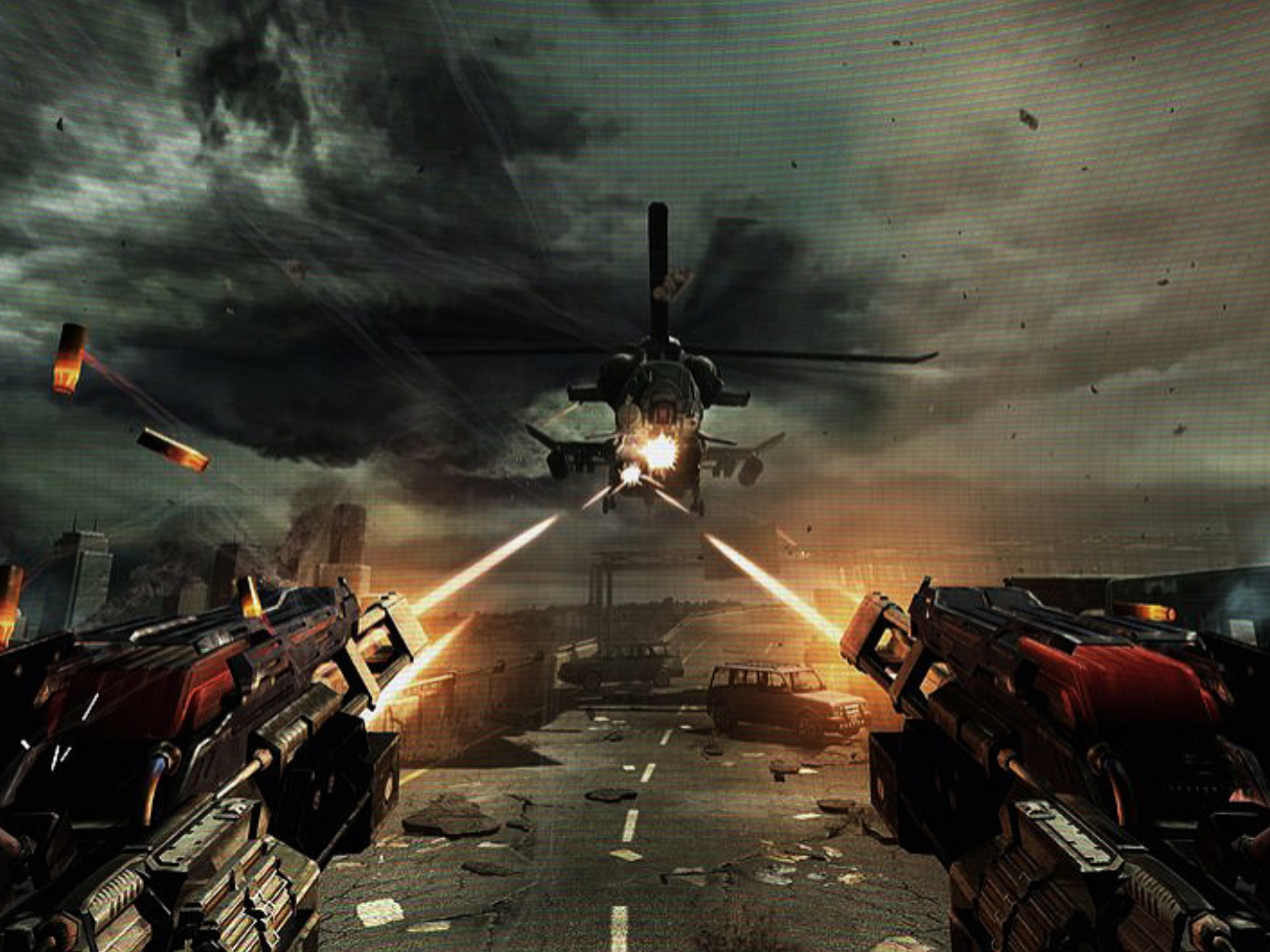One Way Sign Installer Simulator VR: Mount Missions Update Takes Realism to New Heights
Virtual reality has long promised to transport users to worlds beyond their imagination, but sometimes the most compelling experiences are those rooted in the mundane, transformed into something engaging through meticulous simulation. One Way Sign Installer Simulator VR has carved out a unique niche by doing exactly that, offering players an oddly satisfying and educational look into a specialized profession. Its latest expansion, the Mount Missions Update, elevates the experience from a curious novelty to a deeply immersive and challenging simulation, proving that even the most straightforward tasks are ripe for innovation in VR.
The Foundation: What Makes the Simulator Tick
Before diving into the new content, it’s essential to understand the core appeal of the base game. One Way Sign Installer Simulator VR is built on a foundation of physics-based interaction, procedural realism, and tactile feedback. Players are tasked with installing one-way traffic signs on posts using a variety of tools—wrenches, drills, bolts, and levels—across a variety of urban and suburban environments. The game’s charm lies in its attention to detail: the weight of the drill in your virtual hand, the satisfying click of a bolt tightening to specification, and the consequences of improper installation, such as wobbly signs or disgruntled city inspectors.
It’s a game that rewards patience, precision, and a methodical approach. It’s not about speed; it’s about doing the job right. This philosophy is what has cultivated a dedicated community of players who find a zen-like state in the rhythm of a well-executed installation.
The Mount Missions Update: Scaling New Challenges
The Mount Missions Update is the game’s first major content expansion, and it fundamentally shifts the gameplay vertically—literally. The update introduces a new mountainous region, "Peakside Pass," a rugged terrain where roads wind steeply up cliffsides and through narrow tunnels. Here, the job of a sign installer becomes significantly more complex and dangerous.
1. New Terrain, New Mechanics
The most significant addition is the introduction of elevated work platforms (EWPs) and harness systems. No longer are you planting your feet firmly on the sidewalk. Many new missions require you to be hoisted 20, 30, or even 50 feet in the air to install signs on cantilevered arms over the road or on sheer rock faces. This introduces a completely new layer of gameplay:

- VR Vertigo Effect: The developers have leveraged VR’s unique ability to trigger acrophobia. Looking down from the basket of an EWP is genuinely dizzying for many players, making every movement feel consequential.
- Harness Management: Players must physically grab and clip their safety harness to designated anchor points before leaning out of the basket to reach the installation spot. Forgetting to clip in doesn’t result in a gruesome game over, but rather a stern safety violation and a mission restart, emphasizing the game’s educational focus on real-world safety protocols.
- Environmental Challenges: The mountain weather is dynamic. Gusts of wind can rock the EWP, forcing you to wait for a calm moment to make a precise drill hole. Occasional rain can make metal surfaces slippery, requiring even more care.
2. Advanced Signage and Tools
The new missions aren’t just about height; they’re about complexity. The update introduces:
- Large Overhead Gantries: Multi-sign structures that span the entire road, requiring strategic planning to install a series of signs in the correct order.
- Electronic Variable Message Signs: These more advanced units require connecting power cables and configuring simple control modules after physical installation, adding a light puzzle element to the workflow.
- New Tool: The Torque Multiplier: For the extra-large bolts on gantry signs, your standard wrench won’t cut it. The new torque multiplier tool is a bulky, two-handed piece of equipment that provides the necessary force, making the physical act of turning it a slow, deliberate process that fully utilizes VR’s motion controls.
3. The "Cable Management" Mini-Game
A surprising and clever new feature is the cable management system for electronic signs. After mounting the sign, players must route a weatherproof conduit and cable from the sign to a control box. This involves clipping the cable along a predefined path, which functions as a relaxing, immersive mini-game that breaks up the intensity of the high-altitude installations.
Beyond the Novelty: The Unexpected Depth
The Mount Missions Update succeeds because it doubles down on the simulation aspects that made the base game compelling. It understands that realism isn’t just about graphics; it’s about consequence, process, and environment. The expansion makes you appreciate the skill and courage of real-life sign installers who work in these conditions.
The update also includes a new "Career Mode" progression for the mountain region, starting with simple roadside signs and gradually unlocking the more complex, high-altitude contracts as you prove your competence and safety record. This provides a strong sense of accomplishment and mastery.
Conclusion: A Benchmark for Niche Simulations
The Mount Missions Update for One Way Sign Installer Simulator VR is a masterclass in how to expand a simulation game meaningfully. It doesn’t just add new maps; it introduces new mechanics that fundamentally change how players interact with the virtual world, all while staying true to the core premise. It transforms the game from a quirky simulation into a genuinely challenging and immersive portrayal of a skilled trade.
For fans of the genre, it’s an essential addition. For skeptics, it’s a compelling argument for the hidden depth in seemingly simple jobs. By taking players to new heights, both physically and mechanically, this update ensures that One Way Sign Installer Simulator VR remains one of the most uniquely engaging and respectful simulations in the VR landscape.


















